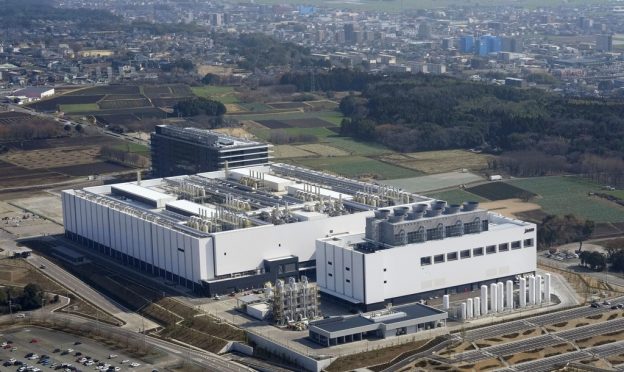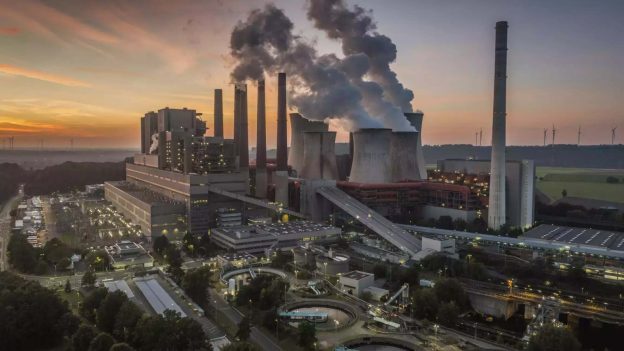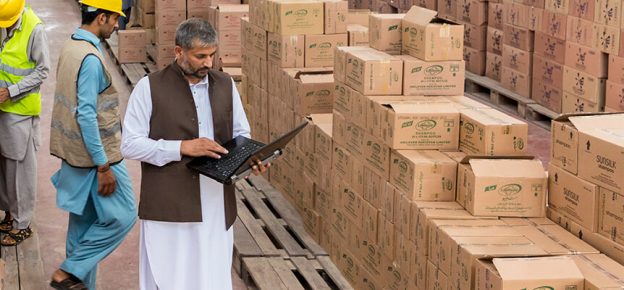Once upon a time there lived a young but ambitious girl named Amna. Amna had always been fascinated by the world of business and aspired to follow in her father’s footsteps. Her father, Mr. Abdullah, was the Marketing Director of a renowned blue-chip company. One evening, as Amna sat with her father in their cozy living room.
“Father,” Amna began, “just like you I am also interested in business, and I would love to understand the various types of goods. Can you please explain them to me?”
Mr. Abdullah smiled warmly at his daughter’s curiosity and began to explain.
He started with convenience goods, describing them as easily accessible products that are frequently purchased and require minimal effort for consumers to obtain. He mentioned snack foods like chips, candy bars, and soft drinks, which can be found in convenience stores and vending machines. He also mentioned personal care products like toothpaste, shampoo, and soap, which are readily available in most supermarkets and drugstores.
Amna listened intently, her eyes sparkling with excitement. She was eager to learn more.
Mr. Abdullah then moved on to consumer goods, explaining that these encompass a wider range of products purchased for personal use, satisfaction, or enjoyment. He gave fascinating examples like electronics, such as smartphones, laptops, and televisions, which are more expensive and purchased for long-term use and entertainment. He also mentioned clothing and apparel, highlighting how they cater to personal style and fashion preferences, allowing individuals to express themselves.
In between he also touched upon Shopping Goods and Specialty Goods! Specialty goods have particularly unique characteristics and brand identifications for which a significant group of buyers is willing to make a special purchasing effort. Examples include specific brands of fancy products, luxury cars, professional photographic equipment, and high-fashion clothing. A restaurant’s best dish would be its specialty.
Next, Mr. Abdullah delved into consumer durables, describing them as products with a longer lifespan intended for repeated use over an extended period. He mentioned appliances like refrigerators, washing machines, and ovens, which are essential for daily household activities. He also mentioned electronics like televisions, smartphones, and laptops.
As the conversation progressed, Mr. Abdullah explained capital goods, which serve a distinct purpose in the production of other goods and services. He mentioned machinery and equipment, buildings and infrastructure, vehicles for business use, and technology and software as examples. He emphasized that these assets are investments made by businesses to enhance productivity, efficiency, and overall operational capabilities.
Finally, Mr. Abdullah touched upon commodities, describing them as raw materials or primary agricultural products that can be bought and sold. He mentioned energy commodities like crude oil and natural gas, precious metals like gold and silver, agricultural commodities like wheat and corn, and industrial metals like copper and aluminum.
As the evening drew to a close, Amna thanked her father for his insightful explanations. She felt a renewed sense of purpose and determination to pursue her dreams in the world of business. She also understood that as nature of goods varies from convenience to capital, how the focus of sales and marketing efforts varies accordingly from promotion (pull marketing) to personal selling (love marketing)!
Sales Blog for Young Engineers and Entrepreneurs Types of Goods with Sales & Marketing Approaches A Lively Conversation between a Father and his Daughter






















